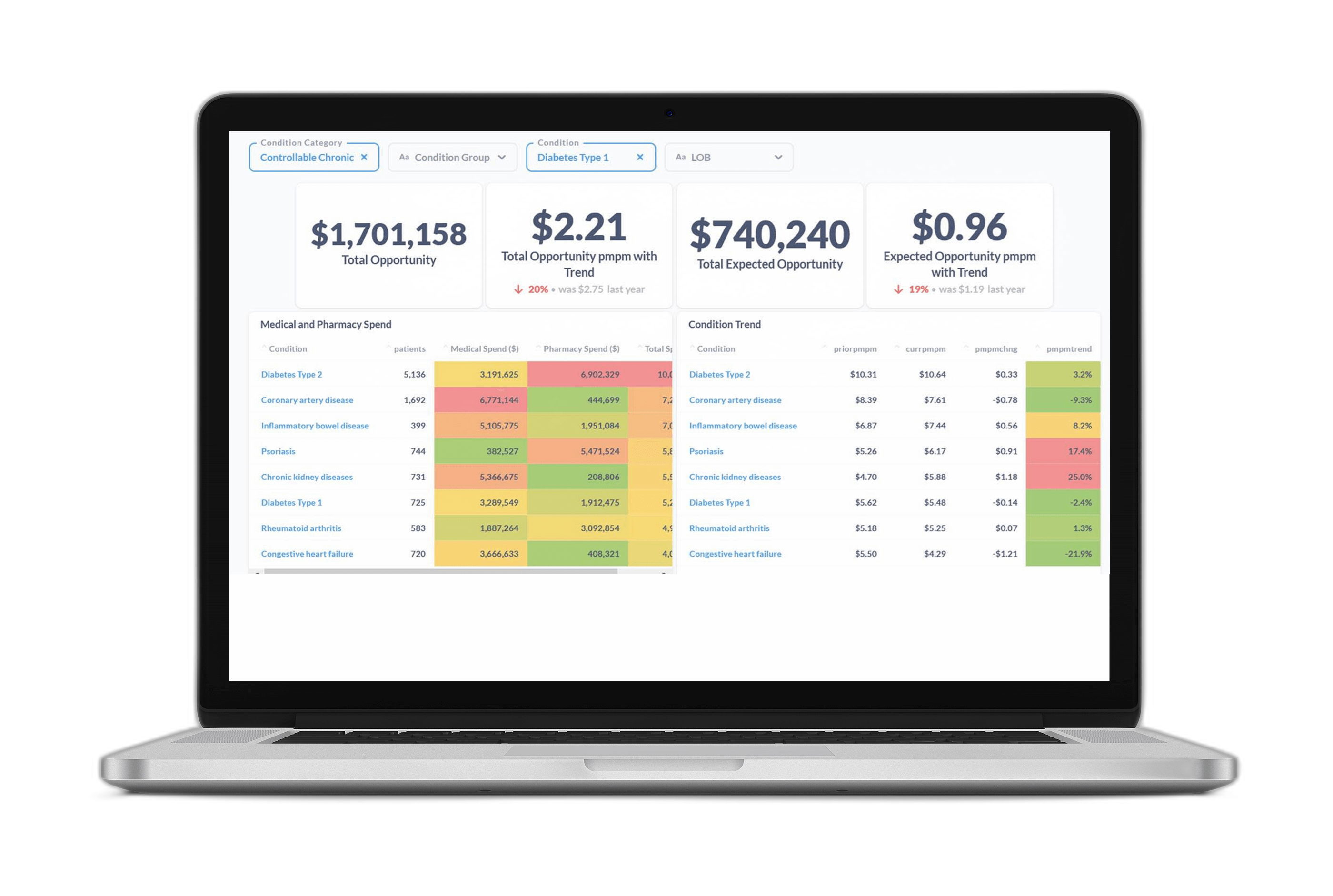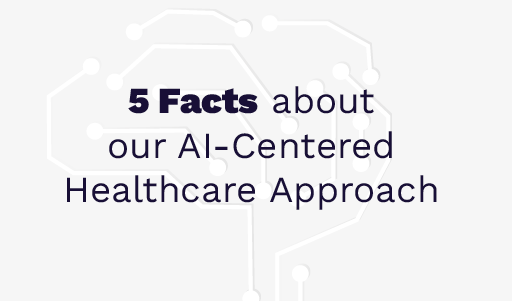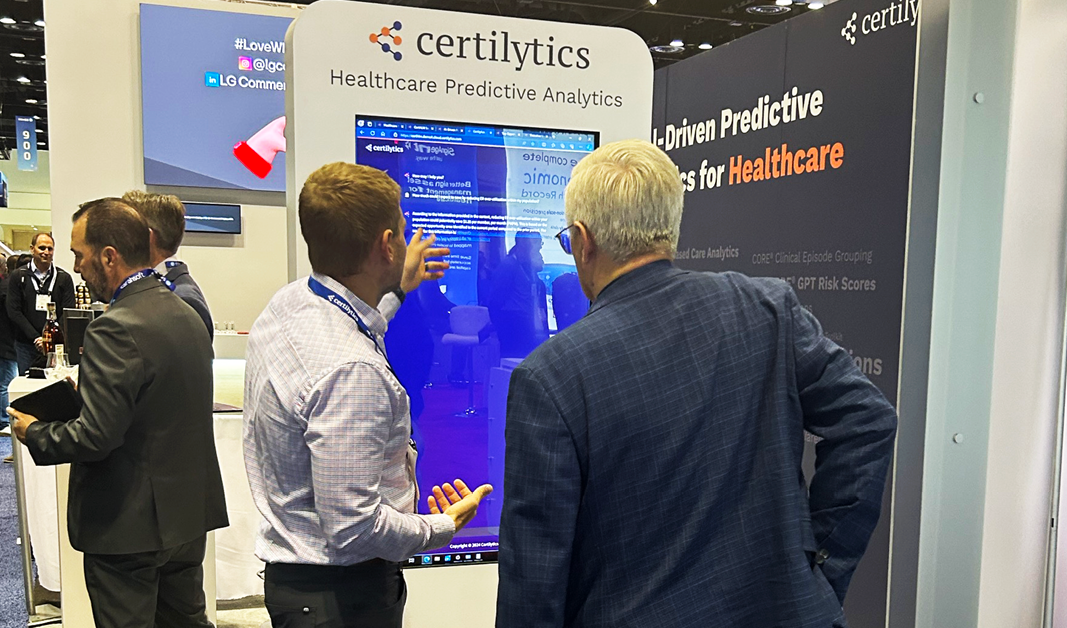About 30% of all U.S. healthcare spending is considered wasteful, according to the Journal of the American Medical Association (JAMA), with unnecessary testing and surgeries resulting in hundreds of billions of dollars in avoidable costs per year.
Increasingly, healthcare organizations are discovering that the risks of surgery outweigh potential benefits—and that non-surgical treatment such as physical therapy can be just as or more effective.
Fortunately, advances in AI and predictive analytics are enabling payers and providers to intervene earlier with patients at risk for unnecessary surgeries, steering them toward treatment pathways that are more effective, have fewer complications, and are less costly.
Certilytics works with some of the nation’s largest health plans, employers, and provider health systems to develop personalized care strategies that deliver the right resource to the right member at the right time, including education and preventive care that reduces risk of unnecessary procedures.
Here are three cases where payers and providers have leveraged our predictive insights to deliver more effective care at lower cost.
1. Back Surgery
Back pain will affect about 80% of Americans at some point in their lives, according to the National Institute of Neurological Disorders and Stroke. In addition, the rate of Americans visiting physicians with back pain has been steadily increasing.
As the complaints have risen, so have the number of treatment options. Back pain can be treated in a number of ways other than surgery, with physical therapy among the most effective.
Yet those suffering from back pain often choose an invasive surgery that comes with a high cost and does not always lead to better outcomes. A study from the Journal of the American Medical Association noted that in these instances, many providers and patients rely on the assumption that more care is better.
Certilytics’ “Low Back Surgery Risk Model” identifies those with a strong likelihood of having the surgery in the next year. Members identified as high risk were nearly 24 times more likely to undergo back surgery than the average member included in the model.
Identifying these at-risk members earlier enables care managers to proactively reach out to patients to address the root causes of their back pain, or recommend a more conservative treatment option, prior to surgery.
In addition, our data warehouse and predictive platform integrates both non-traditional and traditional data, allowing payers and providers to understand each patient’s specific risks and most effective engagement methods. This enables care managers to tailor their educational and clinical outreach to ensure patients are choosing the most effective treatment option possible.
2. Hip Replacement Surgery
Many have turned to hip replacement surgery to treat osteoarthritis or other conditions causing pain in the hips. In recent years, hip replacements have skyrocketed, particularly among older age groups but also among athletic younger people.
For instance, the rate of total hip replacements more than doubled for those aged 45–54 between 2000 and 2010, according to the CDC. And that rate has continued to rise as the average age in the U.S. has increased.
But these surgeries can lead to long hospital stays and other complications. Some studies have questioned whether other treatment options could have led to better outcomes, including physical therapy, pain medication, and/or exercise.
Certiltyics’ “Hip Replacement Surgery Model” predicts the likelihood of a surgery in the next year. Those identified as high-risk were nearly 26 times more likely to undergo surgery.
On a patient level, using these insights gives health plans, employers, and clinicians the ability to design more effective outreach strategies so those experiencing hip pain can be steered to the most effective treatment option for them – before a surgery takes place.
On a population level, the insights could reveal a certain segment of an employer’s workforce or health plan’s population that is experiencing higher numbers of hip pain. For health plans, it could uncover a need for targeted preventative clinical services or educational outreach programs. For employers, it may reveal opportunities for tailored benefit programs that help manage hip-related pain issues in the workplace, more safety programs, or specific equipment that eases or prevents hip issues at work.
In addition, because the costs of these surgeries varies widely, payers need the ability to examine which providers are delivering quality and cost-effective care. These insights, provided through our Nucleus Analytics Platform, enables better management of the total cost of care.
3. Knee Replacement Surgery
Strenuous athletic activity among younger athletes as well as an aging population have contributed to knee replacement surgery increasingly becoming the chosen option to repair a knee damaged by arthritis, injury, and other causes.
Yet a number of recent studies have raised questions about whether some knee replacement surgeries are appropriate when weighed against the risks.
Certilytics’ “Knee Replacement Surgery Model” predicts a person’s likelihood of having knee replacement surgery in the next 12 months. Members identified as high risk were nearly 20 times more likely to have the surgery.
These insights play a crucial role in driving early outreach efforts and more proactive and precise conversations with patients.
For a free consultation with our team of experts on how you can leverage predictive insights to transform your organization, reach out to us at contact@certilytics.com









